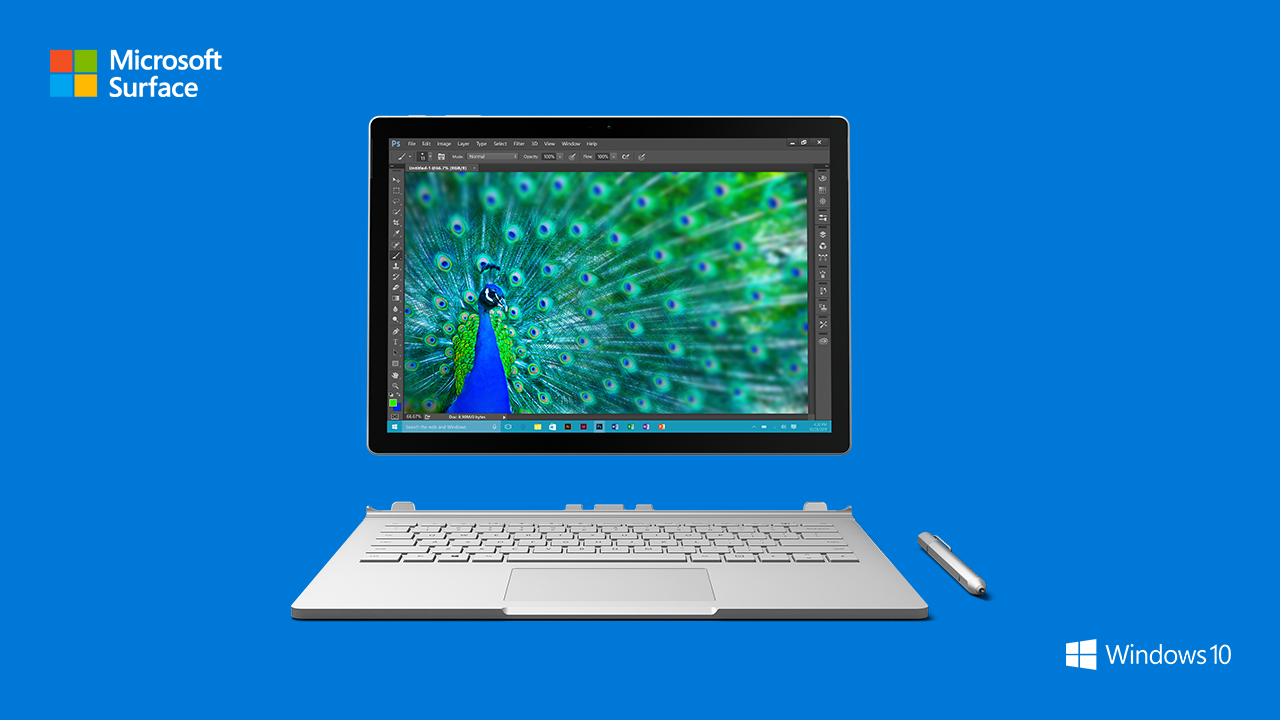
When Microsoft announced the Surface Book two weeks ago, the optional discrete Nvidia GPU integrated into the keyboard base drew some attention. Microsoft didn't provide exact specifications for this GPU, but promised it would improve the graphics performance of the device, especially in 3D modelling workloads.
The lack of information made the Surface Book's GPU a bit of an intriguing mystery. Wanting to figure out exactly what was in the hybrid device, a few users have checked the Nvidia Control Panel and ran GPU-Z on demo units in Microsoft's retail stores, discovering some GPU specifications that aren't too surprising.
The findings have revealed a GPU with 384 CUDA cores, 16 ROPs, 32 TMUs, and a base clock of 954 MHz that can boost up to 993 MHz. On the memory front we're looking at 1 GB of GDDR5 on a 64-bit bus, providing 40.08 GB/s of bandwidth.
The specifications indicate that the GPU inside the Surface Book is a slightly underclocked variant of Nvidia's GeForce 940M. This means we're looking at a GM108 core inside the Book, built on a 28nm process with a 33W TDP.
On paper, the 940M in the keyboard base should deliver more than double the GPU performance of the 15W Skylake-U processor found in the Surface Book's tablet component. This is a pretty decent boost in GPU performance for a device that can be used as both a tablet and a laptop.
Microsoft also expects the GPU to provide 2x the performance of the "best available" 13-inch MacBook Pro, which features a 28W Broadwell processor with Intel Iris Graphics 6100. In practice the 940M should outperform Intel's integrated graphics solution, but on paper Microsoft might be slightly overstating the performance of the Surface Book's GPU.
https://www.techspot.com/news/62483-surface-book-nvidia-gpu-reportedly-gtx-940m.html